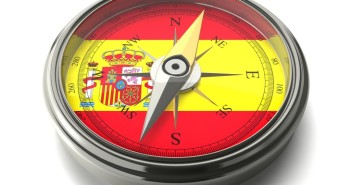According to 98.26% of the votes, Spain is moving to the Right, very different from the exit polls. However, this is not enough for a comfortable coalition government. Center-right PP achieves 137 seats, center-left PSEO reaches 85, left wing Unidos Podemos gets 71 seats and Ciudadanos slides to 32.
This puts PP and Ciudadanos with 169 seats, short of 176 needed for an absolute majority. PSOE and Podemos are at 156. This is a shift to the right, but not enough for coalitions. The rest of the seats are spread out between much smaller regional parties which are unlikely to join any coalition.
Assuming the final tally confirms these results, it looks like a hung parliament, exactly like in the previous elections held only 6 months ago, on December 20th 2015.
PP is the big winner, managing to recover seats, while the rest have lost seats. The biggest loss is for Ciudadanos but the bigger disappointment is for Podemos which was expected to come out second according to the polls as well as the exit polls.
The meaning is that there will be further pressure for a grand coalition led by PP, with PSOE as a coalition partner and perhaps with Ciudadanos as another very junior member.
The pressure will naturally come from the PP, which gained the most votes and wants to hang on to power. Additional pressure will come from Brussels, which would like to see stability in Spain after the Brexit. A mainstream German-style grand coalition would be best for stability after the huge earthquake which is the Brexit.
However, if the PSOE joins a government with the PP, it basically loses all credibility, rejecting such an option after the previous elections and basically not offering anything. But forces in the party would like to end the stand off that is grappling Spain for many months.
Here is the chart courtesy of RTVE, Spanish television:




